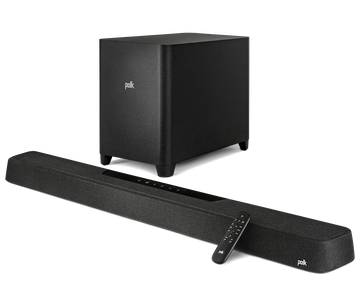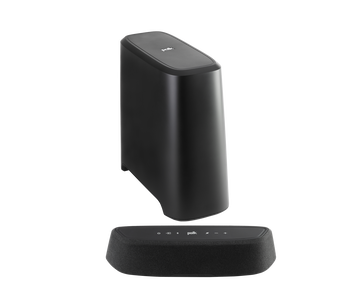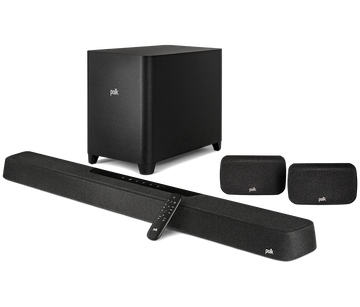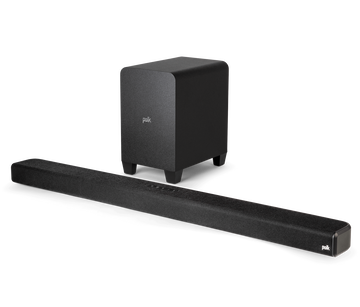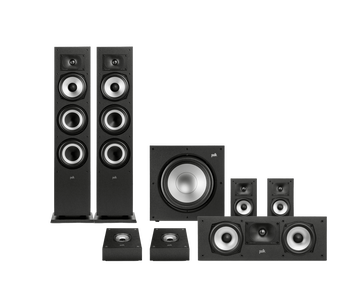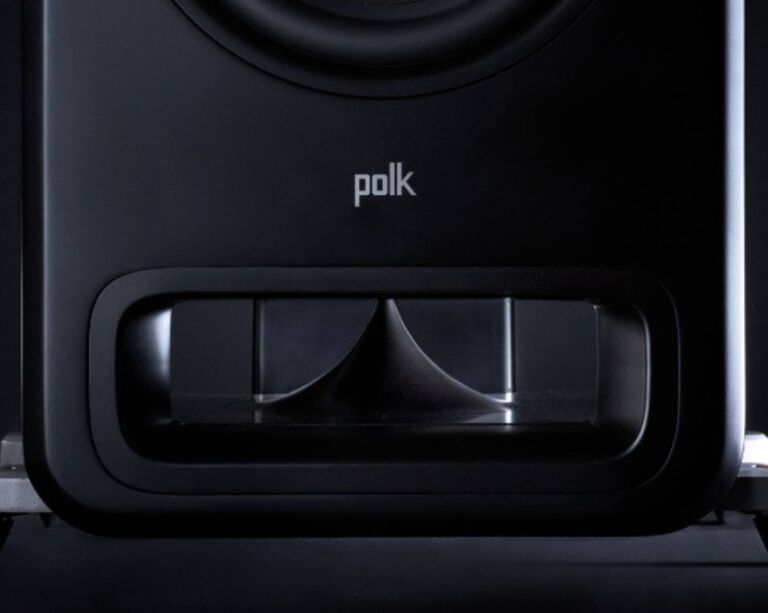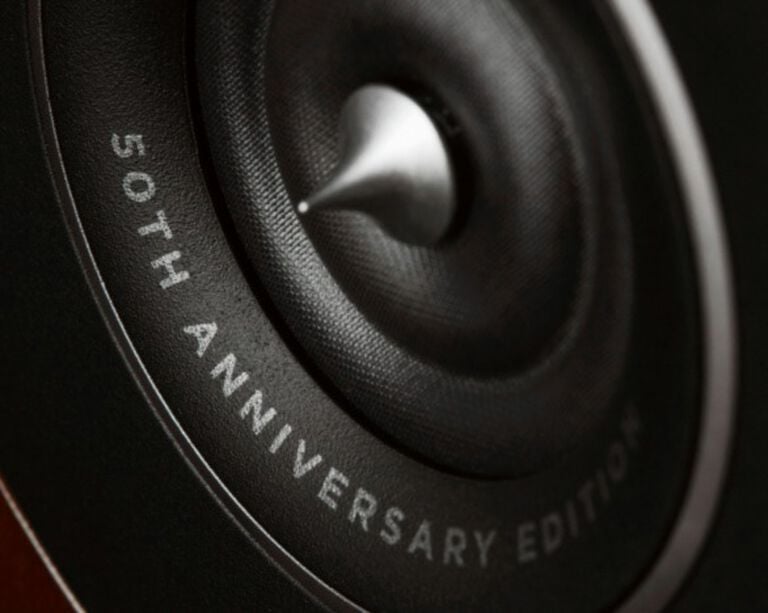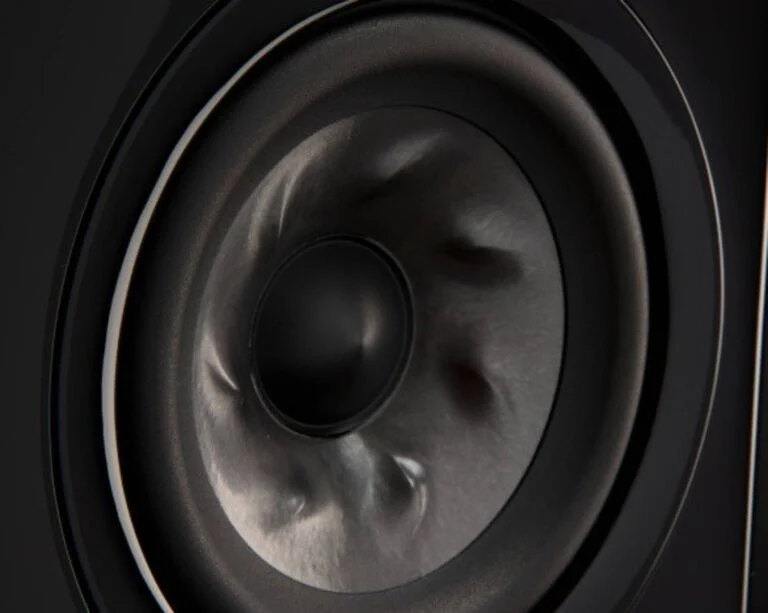The Ultimate Guide to Dolby Atmos, Part 1: What is Atmos and How Does It Work?
Article written by SARAH JONES
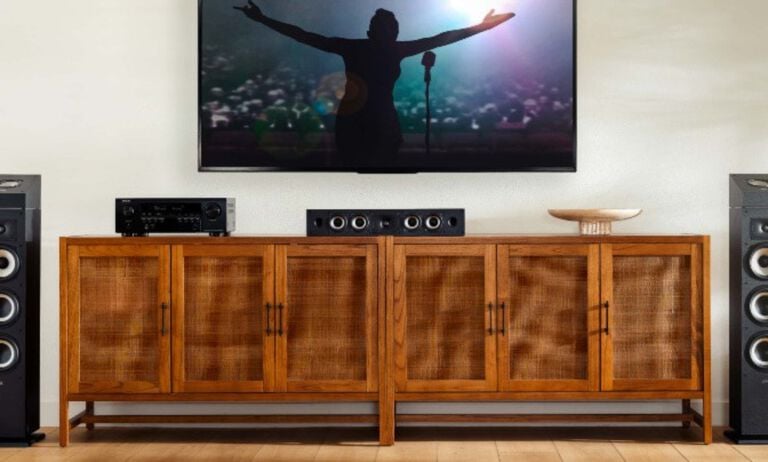
Dolby Atmos is revolutionary surround sound technology, bringing a thrilling new height element to three-dimensional audio and producing sound that is spacious, immersive, and real.
Dolby Atmos is an “object-based” audio format that lets creators precisely place and move individual sounds virtually anywhere in a three-dimensional space—including overhead—to present a fully enveloping listening experience.
It used to be that Dolby Atmos could only be experienced in theaters. But today, you’re spoiled for choice of Atmos-enabled TVs, sound bars, receivers, streaming services, and even mobile devices, with a vast amount of movies, TV broadcasts, videogames, and music available in Atmos surround.
Now that Atmos is everywhere, you might be asking yourself, is this the right time to upgrade to an Atmos sound system? Is system setup complicated? How much does it cost to get started? We’re digging into these questions and more in our four-part series exploring this groundbreaking immersive sound format. In this first installment, we’ll look back at the difference between Dolby Atmos and traditional surround sound, and we’ll let you know what you need to enjoy immersive Atmos sound at home.
A Little History
Dolby has been trailblazing surround sound technologies for film for nearly 50 years, beginning with the debut of the Dolby Stereo matrixed optical four-channel format in 1976. More cinema-sound breakthroughs followed with Dolby SR, Dolby Digital Surround, Dolby Digital Surround EX, and Dolby Digital Plus formats. But when Dolby Atmos sound debuted in 2012 at the premiere of the Disney/Pixar animated film Brave, it ushered in a new, truly multidimensional surround-sound experience. In the ensuing decade Dolby Atmos has become the leading surround-sound platform for film, television, and games.
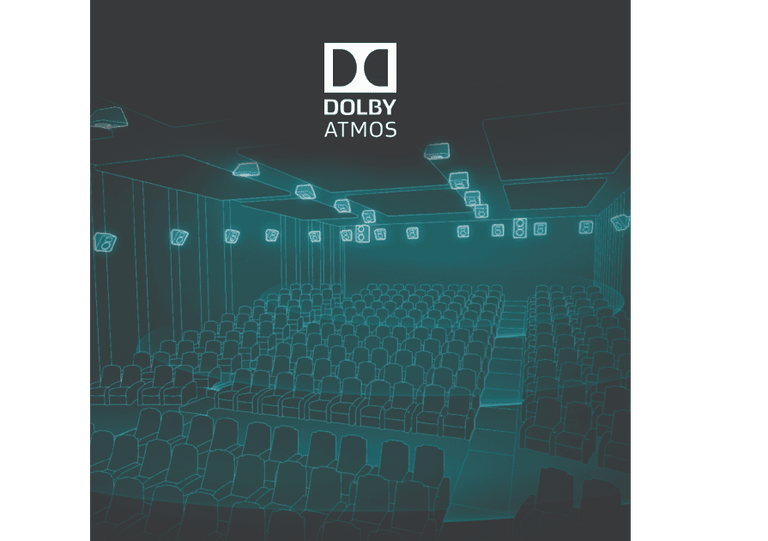
Dolby Atmos in the cinema. Courtesy of Dolby Laboratories
Meanwhile, Dolby Atmos Music, which debuted in 2019, is gaining momentum, at home, in mobile experiences including cars and headphones, and even at live events. For more than 80 years, with the exception of a few esoteric surround formats, most recorded music has been heard in stereo. Dolby Atmos Music is changing that, applying the same immersive technology used to create Atmos soundtracks to the music production process.
With Atmos, movie, game, broadcast, and music producers have unprecedented freedom to create expressive, dynamic mixes with more depth and realism than ever before.
The effect is transportive: You’re no longer sitting on your couch, you’re riding that horse, zooming through the galaxy in a spaceship, ducking on the battlefield as mines explode around you and helicopters swoop overhead in hair-raising realism. For music fans, it’s like falling in love with your favorite songs all over again, as you’re enveloped in newly immersive, lifelike sound.
Thanks to the vast catalog of content and the simplicity and affordability of home systems, Dolby Atmos is gaining traction everywhere. Let’s dig into how it works.
Object-Oriented Versus Channel-based Surround
It’s important to understand that Dolby Atmos is not a gimmick or special effect; it’s a different way to design and present sound on a new plane and with more precision, for an incredibly lifelike sound field. This realism comes from Atmos’ object-oriented approach to sound.
Traditional sound mixes are channel-based, meaning recorded sounds are assigned to channels, which are assigned to speakers. In a stereo recording, sounds meant to be heard on the left are reproduced by the left speaker and sounds meant to be heard on the right are reproduced by the right speaker, with an optional subwoofer handling deep bass.
Traditional surround-sound formats expand on stereo, assigning sound to a center channel and additional surround speakers around the room. This type of surround sound is typically available for five- or seven-channel sound systems; these configurations are referred to as 5.1 and 7.1, respectively. (The first number represents the full-range speakers and the “point one” represents the subwoofer.) Though these setups sound much more immersive than mono or stereo sound, they’re still limited to a defined number of channels, and limited to a horizontal plane.
Dolby Atmos, on the other hand, gives content creators the flexibility to manipulate individual sounds as objects that can be placed with pinpoint accuracy anywhere within a 3D space—including overhead—without being directly assigned to specific speakers.
Courtesy of Dolby Laboratories
The Atmos Home Revolution
With Dolby Atmos, it’s never been easier or more affordable to experience surround sound at home. One of the great things about Atmos is that it adapts to a wide range of system configurations. This is because Atmos content contains sound objects and metadata that describes each sound object—including its location, size, intensity, and movement—taking full advantage of the number and placement of speakers in a playback system by telling that system which speakers should reproduce which sounds.
Atmos can be routed to up to 34 discrete speakers but scales to any number of speakers in a home system. Typical Atmos sound system configurations include seven speakers (left, center, right, and four surrounds), a subwoofer, and four height speakers (7.1.4); but Dolby Atmos technology can upmix audio data to work with existing 5.1 and 7.1 home theater speaker setups or sound bar systems. And, by applying virtualization processing, Atmos can even deliver immersive experiences on a pair of speakers or headphones.
Given that cinema-style installations aren’t always practical at home, Polk offers simple sound bar solutions that bring the Atmos experience to any home space with a minimum of effort and expense.
A Note About Atmos Nomenclature
Dolby Atmos speaker configurations are named a little differently than traditional sound systems. The naming of Dolby Atmos speaker configurations is based on the standard nomenclature (stereo, 2.1, 5.1, 7.1, etc.) but includes a third number at the end to specify the number of height speakers in the playback system. For example, in a 7.1.4 setup, the 7 indicates the left, center, right, and four surround speakers; the .1 indicates the subwoofer; and the .4 indicates four speakers reproducing overhead sound.
What Do I Need to Experience Dolby Atmos?
A Media Source to Provide Atmos Content
Atmos content can originate from devices like Atmos-enabled TVs; streaming services, such as Netflix or Apple Music; or physical media such as video games or compatible 4K Blu-ray discs.
A Device That Can Process Dolby Atmos
If you're streaming Dolby Atmos content using an app, the device hosting that app (A smart TV, Roku Ultra, or Amazon Fire Stick 4K, for example) must support Dolby Atmos. The same goes for a Blu-ray player or video game console.
A Compatible Av Receiver
Depending on your speaker setup, you may require an Atmos-enabled AV receiver, which will decode and process Atmos audio for your speaker configuration.
A Dolby Atmos-Compatible Sound System
Although you can listen to virtualized Atmos sound on headphones, stereo speakers, sound bars, and even some TVs, for a the most realistic 3D experience it’s best to listen on a component speaker system that includes height speakers, or on Atmos-enabled sound bars with surrounds and upward-firing height speakers.
Note that to experience Dolby Atmos, every component in your system has to support Atmos. In other words, even if your speakers, receiver, and 4K Blu-ray disc support Atmos, you won't hear Atmos sound if your Blu-ray player is limited to a 5.1 audio output.
Where Can I Find Dolby Atmos Content?
With thousands of feature films, TV shows, games, and music tracks available in Atmos, you’re bound to find plenty of entertainment that fits your preferences.
Atmos content is widely available on subscription-based video-streaming platforms, including HBO Max, Netflix, Disney+, Vudu, and Amazon Prime; and on music-streaming platforms such as TIDAL, Amazon Music Unlimited, and Apple Music (powered by Apple’s Spatial Audio).
Most leading games, including titles in the blockbuster Call of Duty, Star Wars, and Tomb Raider series, are available in Atmos; Xbox One, Xbox Series X, and Series S and PC platforms all support Atmos. (PlayStation 5 uses Sony’s proprietary immersive audio format for games, but supports Atmos for movies and music.)
In our next installment, we’ll help you figure out which kind of system is right for you.
